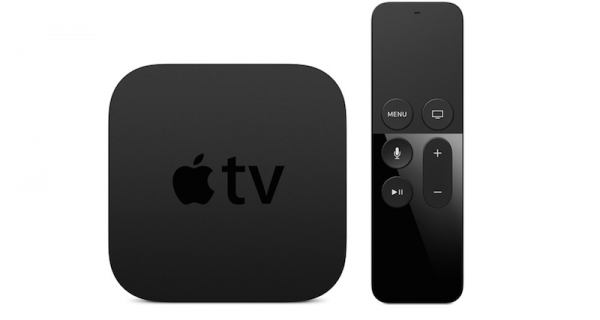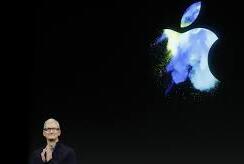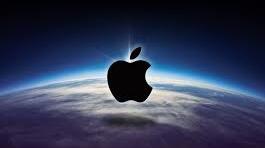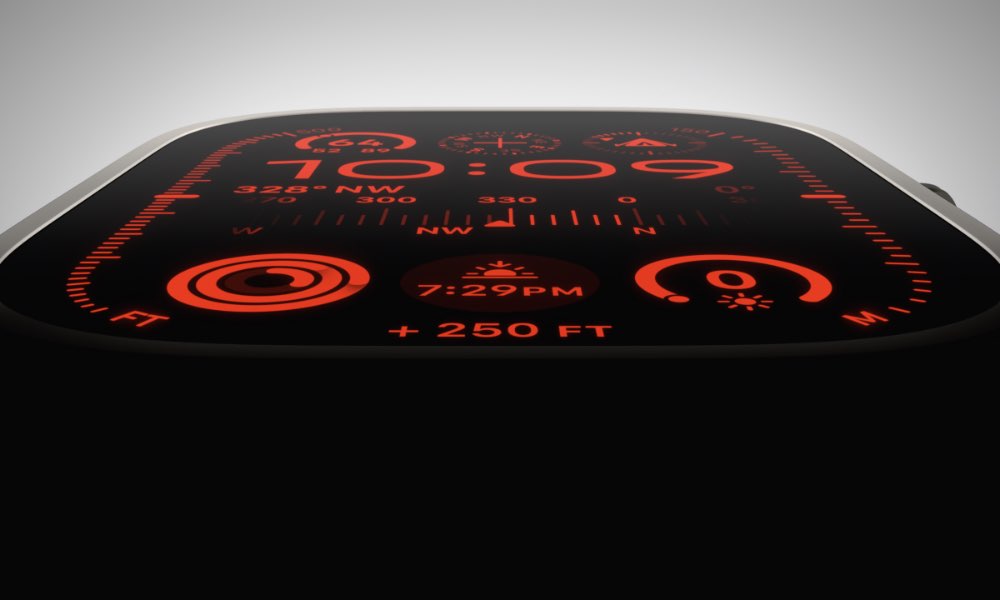A technical report released this week in Asia noted that Oxide (Oxide semiconductor) TFT display, which its strengths are low-power design and miniaturization, is rapidly expanding its influence in the market. The report specifically stated that “As Apple is planning to release iPad Pro that has Oxide TFT Panel soon, it seems that it will make a sudden rise as next generation panel along with Low-Temperature Poly Silicon (LTPS) TFT.”
According to industry, Korean and foreign display industries are currently expanding production capabilities of Oxide TFT Panels that are boards for premium displays.
Because Oxide TFT Panels have faster electron traveling speed than previous a-Si TFT LCD, low-powered design is possible and battery efficiency can be maximized. Because its thickness can also be reduced up to 30% compared to previous panels, it is favorable to make finished products slimmer. It is first applied to medium and small-sized tablet PCs that can maximize its strengths.
The report further noted that “Apple first brought this trend of changes in technologies. Apple will first apply Oxide TFT panels onto its iPad Pro that will be released in September and it is planning to apply Oxide TFT panels onto other products such as iMac and iPad and others hereafter.Korean and foreign display businesses are increasing their outputs according to this flow.” Of course the timing of the iPad Pro may still be in question.
As for production, the report noted that “Samsung Display is currently changing its Cheonan Gen 5 (1100x1300mm) L6 Line to Oxide Line and is planning to expand its size to 100,000 sheets per month by next year from current 40,000 sheets per month. LG Display is also remodeling and expanding Oxide Lines at Paju Gen 8 P8 and P9 lines.
Sharp currently has the biggest production facilities in Japan. It is producing 30,000 sheets per month at Gen 8 (2200x2500mm) Line and is planning to extend additional lines according to Apple’s demands.”
















